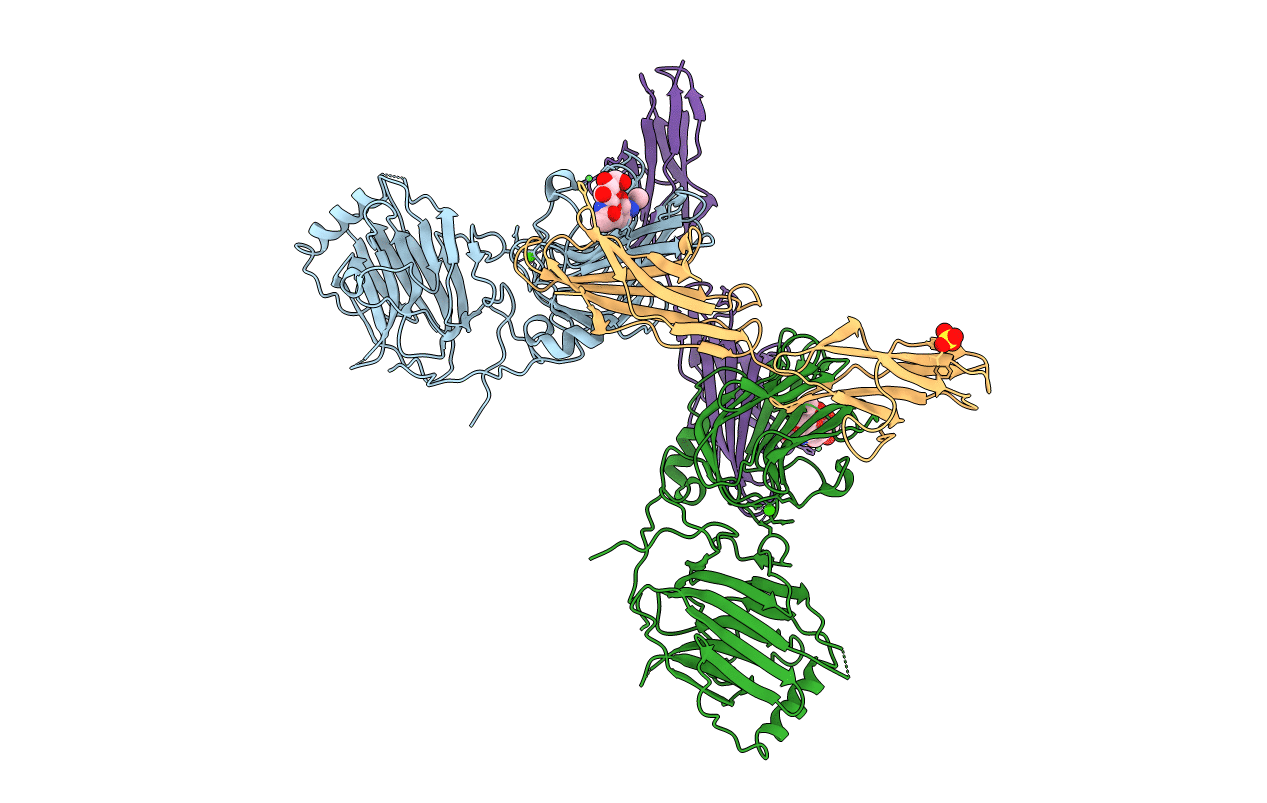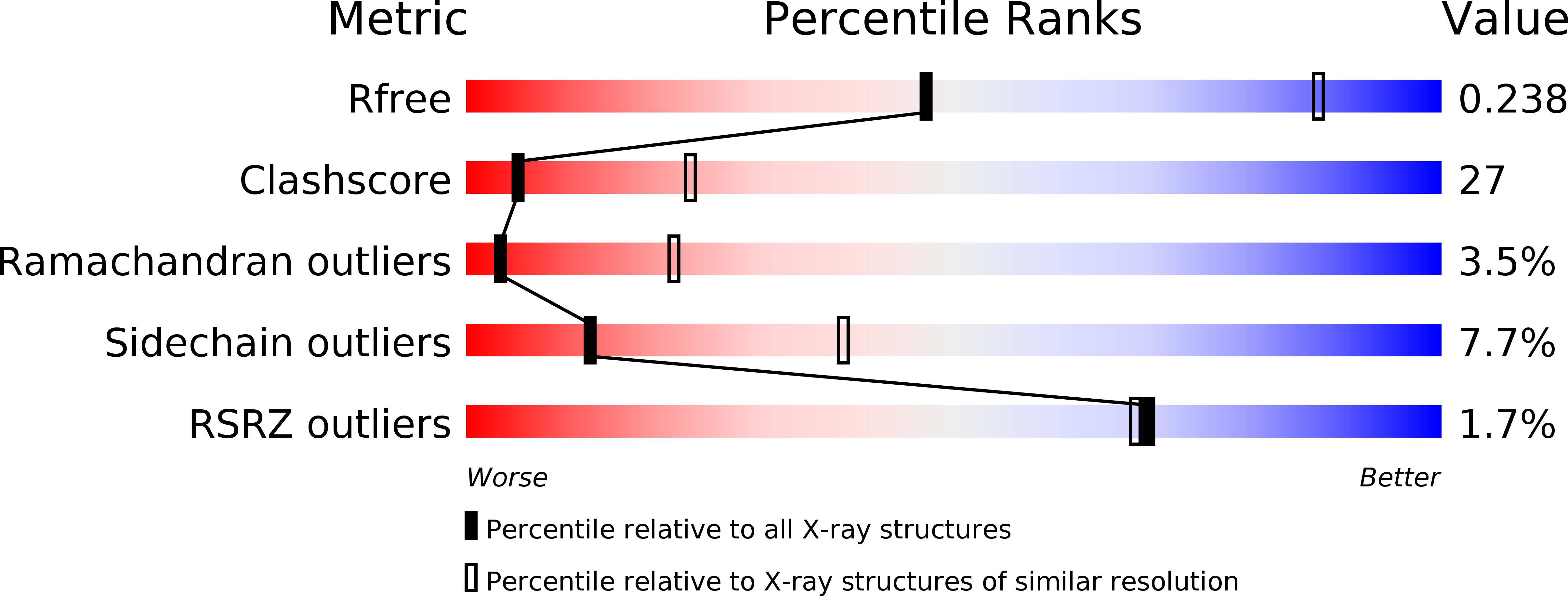
Deposition Date
2005-10-26
Release Date
2005-12-19
Last Version Date
2024-11-20
Method Details:
Experimental Method:
Resolution:
3.30 Å
R-Value Free:
0.26
R-Value Work:
0.24
R-Value Observed:
0.24
Space Group:
P 61


